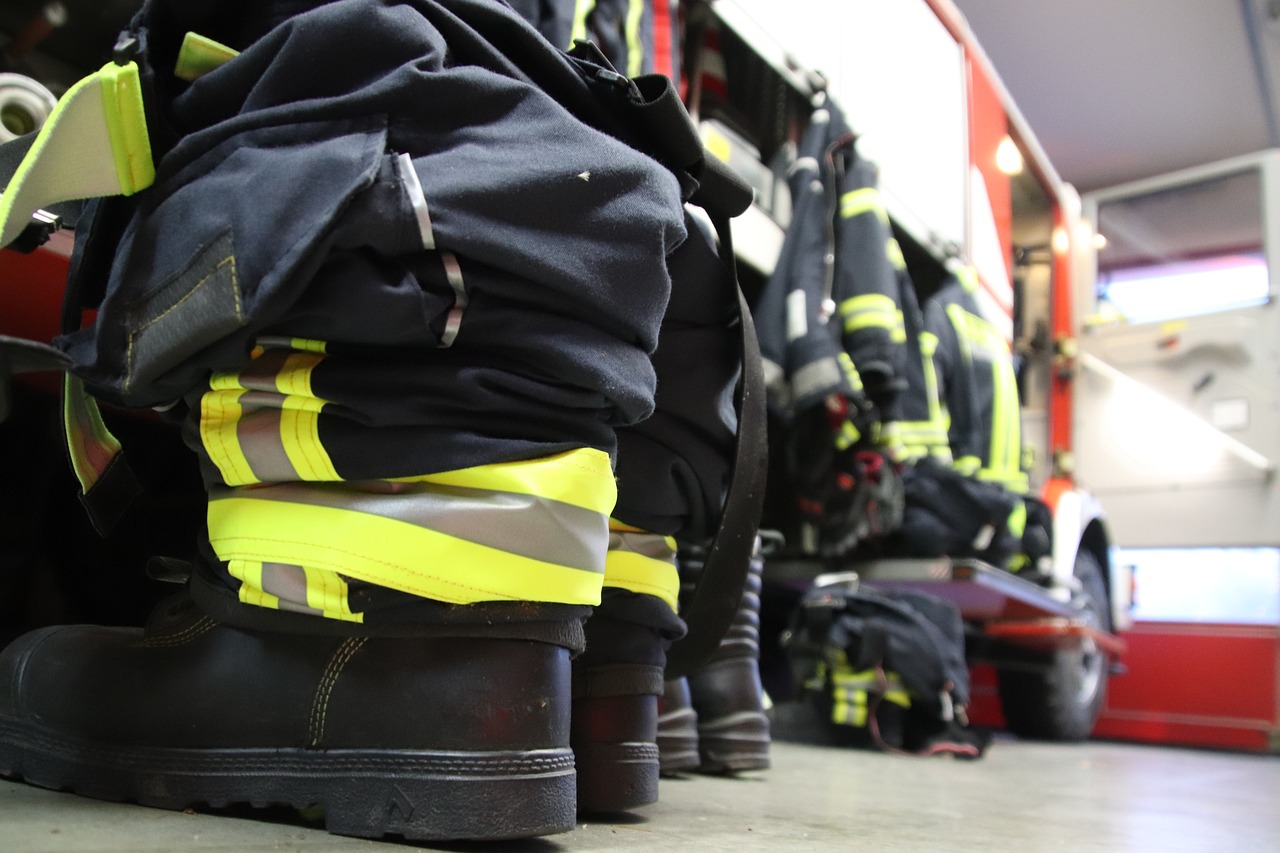Over time, helmets can become worn out and lose their effectiveness in protecting firefighters. Proper maintenance of helmets is crucial for the safety and well-being of volunteer firefighters. This ultimate guide will provide comprehensive tips and techniques on how to maintain and inspect helmets to ensure they are in optimal condition for use during emergencies. From cleaning to checking for wear and tear, this guide covers everything volunteer firefighters need to know to keep their helmets in top shape.
Understanding Helmet Types and Materials
For volunteer firefighters, it is crucial to understand the different types of firefighting helmets available and the materials used in their construction. By knowing the variations in helmet types and materials, firefighters can make informed decisions about which helmet will best suit their needs on the job.
| Type | Materials |
| Traditional Helmets | Leather, thermoplastic, or composite materials |
| Modern Helmets | Thermoplastic, fiberglass, or Kevlar composite materials |
| Wildland Helmets | Lightweight materials like Kevlar, carbon fiber, or fiberglass |
| Rescue Helmets | High-impact thermoplastic or fiberglass materials |
| Industrial Helmets | Heat-resistant materials like fiberglass or Kevlar |
Types of Firefighting Helmets
Now, let’s look at the different types of firefighting helmets commonly used by volunteer firefighters. Traditional helmets are typically made of leather, thermoplastic, or composite materials, while modern helmets are constructed from thermoplastic, fiberglass, or Kevlar composite materials. Wildland helmets use lightweight materials like Kevlar, carbon fiber, or fiberglass, while rescue helmets are made from high-impact thermoplastic or fiberglass materials. Industrial helmets are designed with heat-resistant materials like fiberglass or Kevlar. Knowing the differences in these helmet types can help firefighters choose the right one for their specific needs.
Materials Used in Helmet Construction and Their Properties
Used in the construction of firefighting helmets are various materials that offer specific properties to ensure the helmets meet safety standards and provide adequate protection for firefighters. These materials include thermoplastic, fiberglass, Kevlar, leather, and carbon fiber, each with unique characteristics that enhance the helmet’s durability, heat resistance, impact absorption, and weight. Their properties play a crucial role in determining the overall performance and effectiveness of the helmet in different firefighting scenarios.
Maintenance Tips for Firefighting Helmets
There’s no denying that proper maintenance is crucial to keeping your firefighting helmet in top condition. Regular upkeep ensures that your helmet will continue to provide the necessary protection during emergencies.
Daily Maintenance Tips to Extend Helmet Lifespan
- Inspect your helmet daily for any damage or wear and tear.
- Clean the helmet shell and components with a mild soap and water solution.
- Ensure the chin strap is securely fastened and in good condition.
This daily routine will help to identify and address any issues before they escalate, ultimately extending the lifespan of your helmet.
Periodic Maintenance Checklist
Extend the life of your helmet by implementing a periodic maintenance checklist that includes:
- Checking the integrity of the helmet shell for cracks or other damage.
- Inspecting the suspension system for proper fit and adjustment.
- Replacing any worn or damaged components as needed.
Firefighting helmets are subjected to extreme conditions and must be regularly maintained to ensure they remain in optimal working condition for the safety of the firefighter.
Step-by-Step Cleaning Process
| Factors Affecting Cleaning Methods | Detailed Step-by-Step Guide for Cleaning Your Helmet |
Factors Affecting Cleaning Methods
The effectiveness of the cleaning method chosen will depend on these factors, ensure you consider them before proceeding. |
Detailed Step-by-Step Guide for Cleaning Your HelmetAn imperative and intricate task, cleaning your helmet regularly is crucial to maintain its functionality and prolong its lifespan. Follow the steps below for a thorough cleaning process: |
Little dirt particles can accumulate on the surface of your helmet, impacting its performance and durability over time. Regular cleaning is key to ensure your safety equipment remains in top condition.
| Step-by-Step Cleaning Instructions |
|
Step-by-step instructions for cleaning your helmet:
|
Repairing and Replacing Helmet Components
Identifying When Repairs or Replacements are Needed
Now, one of the key aspects of helmet maintenance is knowing when to repair or replace components. Identifying signs of wear and tear is crucial to ensure the safety and integrity of your helmet. Look out for cracks, dents, loose padding, or any other visible damage that may compromise the effectiveness of the helmet.
Pros and Cons of Repairing vs. Replacing
In terms of deciding whether to repair or replace helmet components, there are several factors to consider. Here is a breakdown of the pros and cons of each option:
| Repairing | Replacing |
| Cost-effective | Ensures maximum safety |
| Can extend the lifespan of the helmet | Guarantees optimal protection |
| May not fully restore original level of protection | Higher upfront cost |
| Quick fix for minor damages | Eliminates risk of hidden damage |
Understanding the pros and cons of repairing versus replacing helmet components is crucial for making informed decisions regarding the maintenance of your gear. While repairing may be a cost-effective option, it is crucial to consider the potential impact on the overall safety and effectiveness of the helmet. On the other hand, replacing components ensures maximum protection but comes with a higher upfront cost. Ultimately, prioritizing safety should be the top consideration when it comes to helmet maintenance.
To wrap up
On the whole, proper helmet maintenance is crucial for volunteer firefighters to ensure their safety and the effectiveness of their rescue missions. This ultimate guide has provided comprehensive steps for inspecting, cleaning, and storing helmets to prolong their lifespan and maintain their functionality. By regularly checking for damages, cleaning the helmet components, and storing them properly, firefighters can rely on their gear to protect them in emergency situations. Note, a well-maintained helmet is a firefighter’s best defense against the dangers they face on the job.


